Alaska Airlines Flight 261: Investigating what caused the tragedy
Aerotime
MARCH 28, 2025
The trim on the horizontal stabilizer – the rear wing of the aircraft – was not working. Then the tone indicating the movement of the horizontal stabilizer sounded. Los Angeles air traffic control handed the plane over to approach control in preparation for its arrival at LAX.

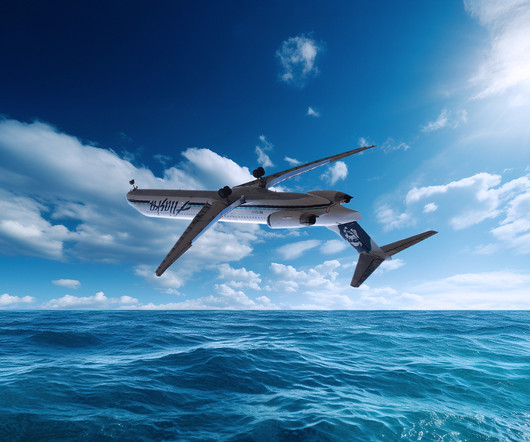
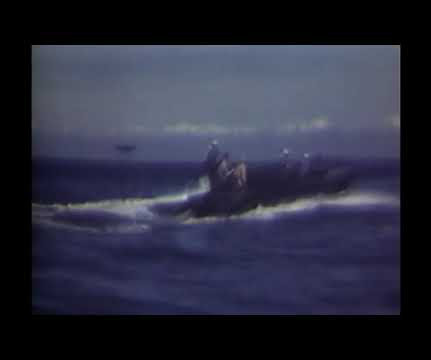
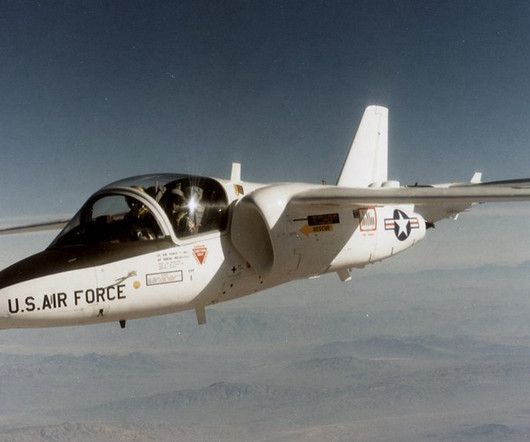
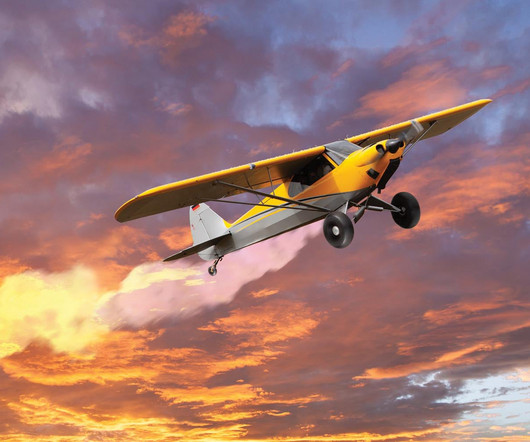

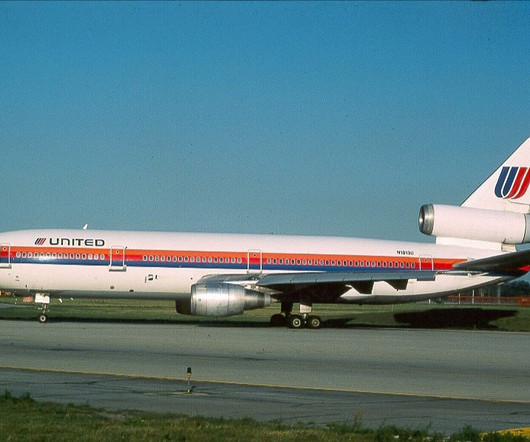



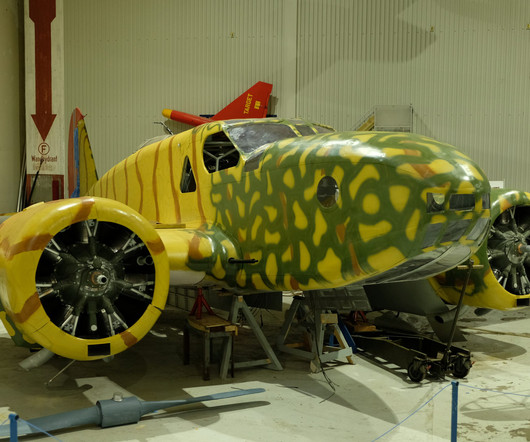






Let's personalize your content